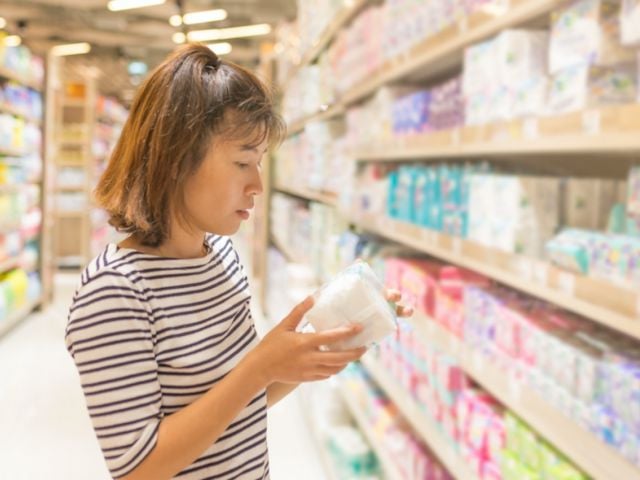Articles by Alexa Friedman, Ph.D.
Breast cancer cases are on the rise, and chemical exposures play a role

New study suggests environmental chemicals can trigger early puberty in girls
A worrying trend of girls starting puberty earlier is raising questions about whether chemical exposures play a role. Now a new study suggests a link between certain chemicals in everyday products...

Multiple metals detected in tampons, new study finds
Sixteen potentially harmful metals can be found in tampons sold by over a dozen unique brands, a new study finds, highlighting concerns about exposure for people who use them.

Chemical mixtures: What they are and why you should care
People aren’t exposed to chemicals one at a time from a single place or product. They’re exposed to combinations, or mixtures, of chemicals from several sources.

Menstruation is starting earlier and earlier – does chemical exposure play a role?

Replacement flame retardant chemicals linked to preterm birth, new study finds
A new study finds a link between premature birth and exposure to organophosphate ester flame retardants, or OPEs, used in furniture and foam for mattresses and more. The study also found the risk of...

Hundreds of chemicals in everyday consumer products may increase breast cancer risk

What are parabens?
When you shop for personal care products, food or beverages, you might have spotted “parabens” listed on the ingredient label. What are they, and are they safe?
